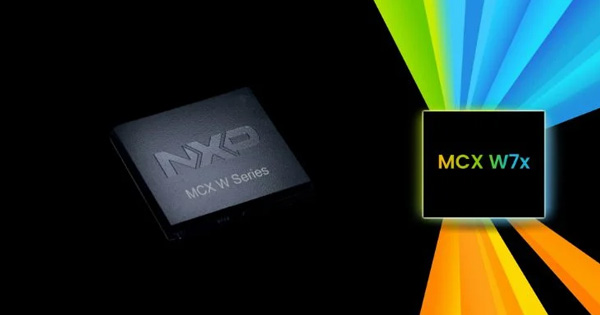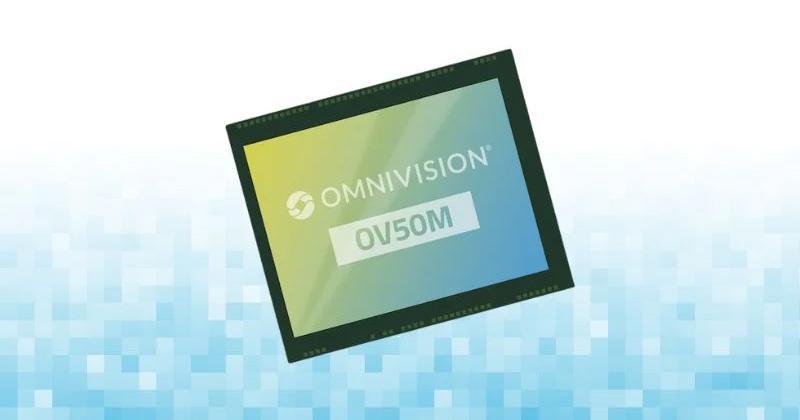
Arm vs. RISC-V in 2025: Which Architecture Will Lead the Way?
Could the fifth generation of reduced instruction set computing (RISC) dethrone the long-established advanced RISC machine (Arm) and x86 architectures? While the discussion about Arm versus RISC-V is hotly debated, the benefits of this open standard cannot be overlooked. How soon could it achieve market dominance?
RISC-V is poised to reshape the chip landscape
RISC-V is rapidly gaining momentum. If current trends continue, it may surpass long-standing proprietary architectures like x86 and Arm. Some trendsetters have already embraced the latest instruction set architecture (ISA).
For instance, Nvidia’s existing graphics processing units are managed by up to 40 custom RISC-V cores developed in-house, depending on complexity. The company began transitioning away from proprietary microcontrollers in 2015, just five years after the open-standard ISA was introduced. Industry giants such as Google, Qualcomm, and Samsung have made similar moves.
For decades, proprietary ISAs have arguably stifled R&D progress. One of RISC-V’s advantages is that it facilitates collaborative solutions and encourages cost-effective experimentation, which in turn fosters innovation. Organizations no longer have to be held back by proprietary chip designers’ slow-moving product roadmaps.
A change like this would have enormous implications for global chip fabrication capacity and supply. For instance, according to the European Strategy and Policy Analysis System, it could propel the EU’s share of global chip revenue, which dropped from about 20% in the 1990s to less than 10% in the 2020s.
Why is RISC-V gaining significant momentum?
The RISC-V ISA may even demand volatility resistance. Widespread supply chain disruptions have paralyzed the semiconductor industry in recent years, and trade tensions between market leaders have risen. For example, China banned exports of gallium, antimony, and germanium to the U.S. in December 2024. Companies and governments are now rethinking their reliance on proprietary chip designs.
Although unprecedented surges in demand for chips and related components have outpaced supply capabilities in the past, countries are far from being self-sufficient. The proliferation of fifth-generation cellular network technology, artificial intelligence, internet-of-things devices, and embedded systems is proof of this.
No country in the EU is self-sufficient in this regard. Geographic specializations, development complexity, and long-standing interdependencies complicate chip production. With an open-standard architecture like RISC-V, they can mitigate the risks of trade restrictions on advanced semiconductor technologies.
Modern components are highly complex SoCs with a massive number of functions and resources to manage. Independence and adaptability are critical as computational complexity increases and chip size decreases.
Electronic systems are already complex and expensive. For instance, it takes more than 150 complex steps to prepare a single printed-circuit board. Data points like this demonstrate the necessity of a low-cost, dynamic solution like RISC-V. As miniaturization continues trending, designers, engineers, and developers need greater flexibility.
Arm vs. RISC-V: advantages and disadvantages
The discussion of Arm versus RISC-V is layered. Although multiple variables influence these architectures’ overall efficacy, they have several prevailing use cases.
Arm
Proprietary is synonymous with expensive licensing fees. However, firms receive support and liability coverage from Arm Holdings. Unlike with RISC-V, a centralized technical and customer support network exists.
Because Arm has existed for decades, it holds a more significant market share. It has a well-established ecosystem of development tools, processors, and vendors, which makes it easier for firms to select suitable, cost-effective suppliers and partners.
RISC-V
Open standards mean firms can design and utilize custom processors without expensive licensing fees, regardless of their jurisdiction. They can even modify ISA extensions to suit specific use cases, enabling greater control and compatibility.
RISC-V’s advantages are clear—Arm simply doesn’t offer this level of customization. Moreover, because RISC-V International is in Switzerland, market leaders like the U.S. and China cannot restrict or control which countries create and publicize standards.
One of the main downsides to RISC-V is its newness. Although more vendors embrace this open-standard ecosystem, few offer full support. As a result, vendor lock-in may pose a substantial issue for a while.
Which architecture will dominate the chip domain?
Although Arm has a greater market share than its competitors, current trends suggest RISC-V shipments will increase exponentially in the years ahead.
Trendsetting
Although Arm has historically dominated the microelectronics field, RISC-V offers higher computation densities. Companies interested in miniaturization will see the appeal of getting the same performance from a smaller chip.
Vendor buy-in
The market revenue for RISC-V technology is projected to grow at a compound annual growth rate (CAGR) of 33.1% from 2022 to 2027. Where there is profit to be made, there are vendors.
As more vendors join RISC-V design support, more custom, compatible specifications will be incorporated into non-RISC-V products. If widespread adoption lags, businesses can redirect the funds once used for licensing fees to in-house R&D efforts.
Performance
If the metric is raw performance, Arm will consistently outperform RISC-V. However, R&D efforts are already underway to improve processors. This open-standard architecture may soon surpass its predecessor in this regard.
How Arm vs. RISC-V will play out in the years ahead
Because RISC-V has been around for just over a decade, private and public sectors have had time to weigh its risks and rewards. As adoption picks up, this architecture will demonstrate its revolutionary impact. The fields most likely to be affected include automotive, aerospace, healthcare, and consumer electronics.
The SHD Group expects RISC-V intellectual-property revenue to reach US$1.6 billion by 2030, up from US$156 million in 2023. It would achieve a CAGR of 39.5% through the forecast period. Private companies— including industry leaders—that are paying attention to these figures are investing in this architecture.
Governments are following suit. The EU has committed €270 million toward building chips based on RISC-V hardware and software. It aims to achieve technological independence, making its fractured semiconductor industry self-sufficient. The funds will go toward identifying use cases, porting code, and developing an ecosystem.
There are even those exploring RISC-V’s compatibility with x86 and Arm, raising the question of whether the open-standard design could rival long-standing commercial architectures. For instance, Nordic Semiconductor combined Arm processors with RISC-V coprocessors to optimize performance for specific types of workloads.
Nordic Semiconductor has even led Robert Bosch, Qualcomm Technologies, NXP Semiconductors, and Infineon Technologies in RISC-V ecosystem development. Together, these industry giants established Quintauris GmbH to advance global adoption by developing next-generation hardware.
The future of RISC-V and Arm architectures
RISC-V’s advantages—customizability, scalability, and cost-effectiveness—make it a strong competitor to Arm. Once vendors migrate and ecosystems are developed, businesses will gain the perfect excuse to jump ship. This could spur an age of innovation and low-cost experimental design in the chip industry.



